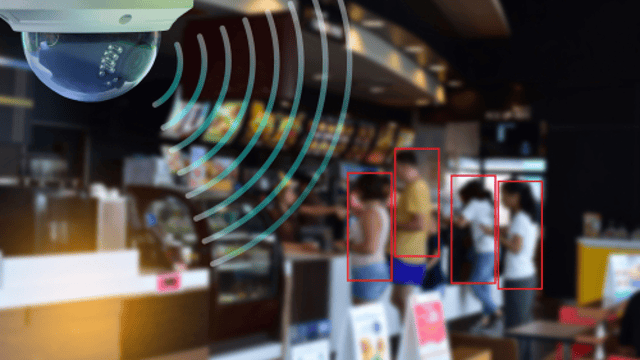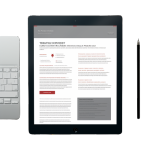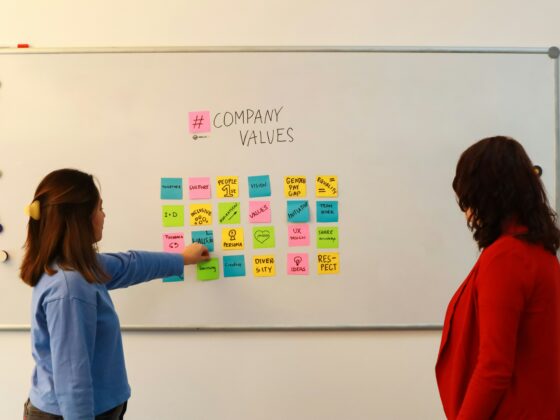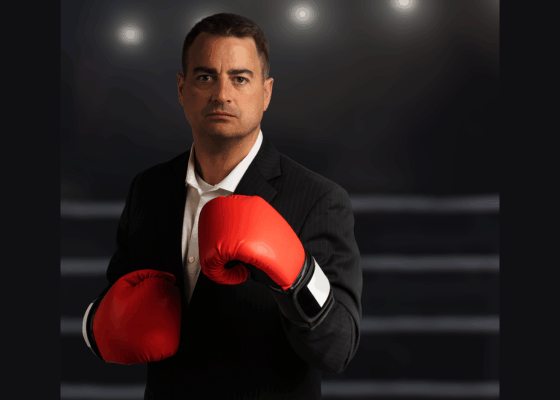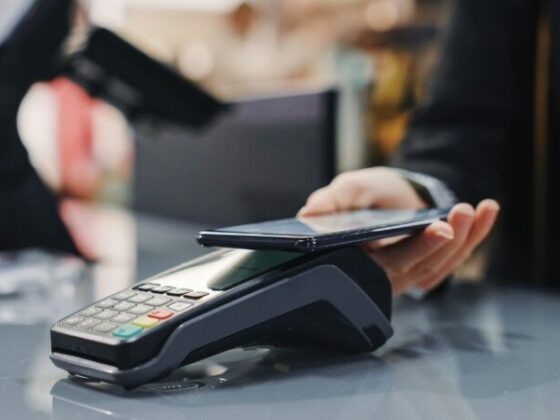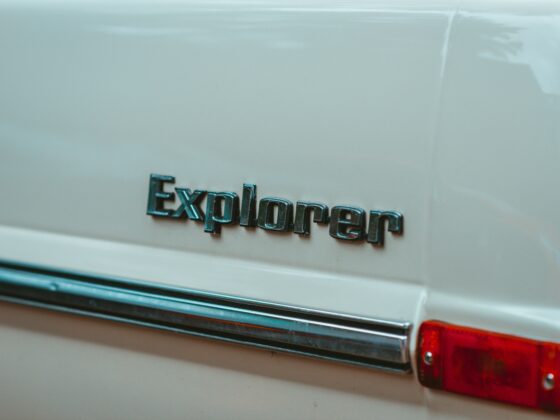
HT: From a restaurant operator’s perspective, what are the top three actionable insights from existing CCTV footage — without installing a single new camera?
Dimanov: Visual AI agents can be integrated seamlessly into existing CCTV cameras that almost every establishment already has in place. This means there is no need for companies to spend money and time installing new hardware or servers. This is a huge advantage, especially in an industry that is so fast-paced and cost-conscious. Among the long list of actionable insights that become available, three of the most valuable are monitoring customer footfall and demographics, labor efficiency, and drive-thru analytics.
Visual AI can track not only the number of people in a venue, but also when they arrive, how long they stay, where they go, and in some cases even their age, gender, and emotional state. This unlocks smarter demand forecasting, more strategic product placement, and improved queue management. For instance, if the AI identifies a consistent pattern of younger customers arriving after school, you might adjust staffing by adding a second team member at the tills during that window, and tailor your on-screen promotions to match that demographic.
One of the most common inefficiencies comes from how staff move in a space. Visual AI can help to streamline employee movements to prevent stations being understaffed or overstaffed, reducing efficiency. This is a particularly important insight for operators who try to save money by cutting labour without realising the bigger picture – they are actually losing revenue as a result of poor organisation. By analysing and highlighting these trade-offs, operators can make more informed decisions.
Finally, for drive-thrus, visual AI offers rich insights into vehicle flow, bottlenecks, and service time variance. These factors directly impact customer and employee satisfaction, as well as revenue. In fact, as we’ve seen, AI has helped uncover small issues that led to significant performance gains, such as a poorly placed cookie jar slowing down an entire lane.
HT: There’s a fine line between employee surveillance and performance optimisation. What are industry best practices to address privacy concerns while still delivering meaningful insights to operators?
Dimanov: The oversight unlocked by the AI helps to ensure staff are not overworked and given their allocated breaks, which is critical for chains. Consistency and adherence to the company’s rules and standards in each restaurant is paramount to remaining a good employer and avoiding litigation.
The technology isn’t about catching employees doing something wrong, but rather it highlights what they are doing right. To protect privacy, only aggregated data is shared with operators, ensuring that individual employee information remains confidential while still delivering meaningful operational insights.
